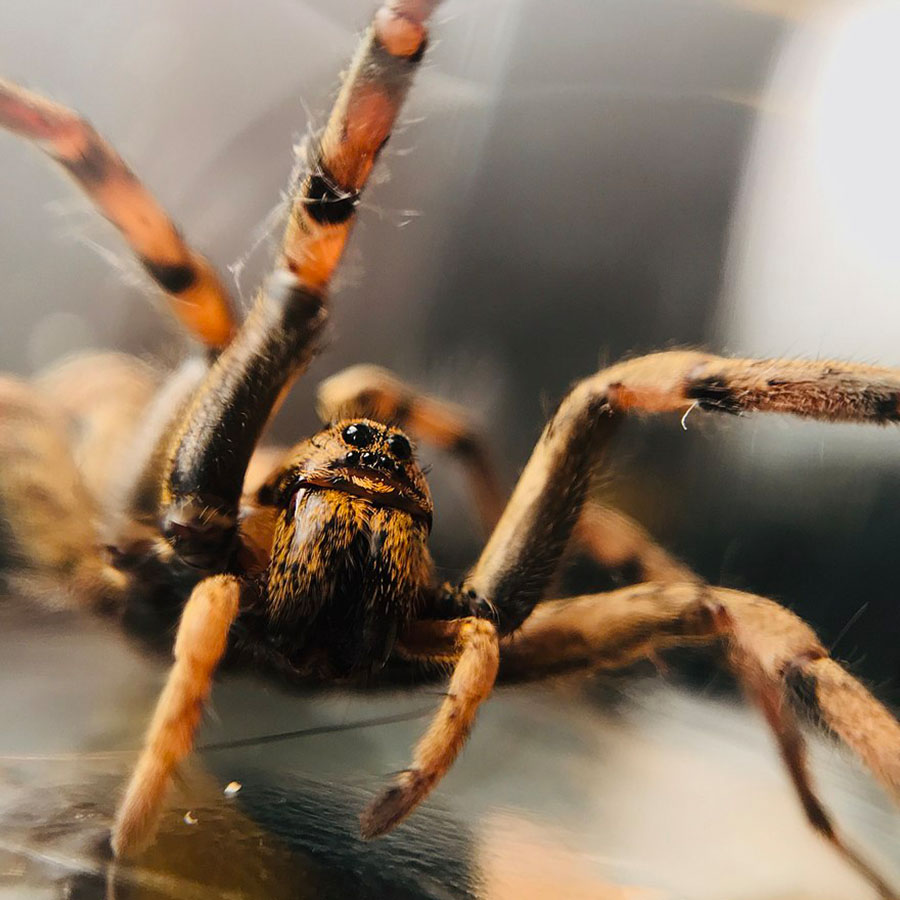Description:
The body of spiders is bipartite, with eight legs. They have no antennae and wings. Some spider species like moisture. For this reason, they are found in basements or damp places in buildings. Some species, on the other hand, like dry and warm places, so they can be found in attics and corners near the ceiling in rooms. They hide in dark places.
Behaviour:
They feed on insects or other spiders. They have three or four pairs of eyes. Most have poor eyesight, but some species, such as the jumping spider, have very sharp eyesight. Spiders' mouth structures are not designed for chewing. They use digestive enzymes in their saliva to break their prey into small pieces before digesting it. In addition, spiders have very narrow intestines. They are therefore unable to consume large pieces of food. Almost all spider species are predators, but a plant-feeding species has also been identified.
Spiders produce an elastic, sticky and strong silk. This silk is used in web making and in the production of egg sacs. The size and shape of spider webs vary according to the spider species. Some are round like a circle, while others are funnel-like. Some webs appear to be very regularly woven, while others appear to be haphazardly woven. Some spiders do not live in webs but in holes.
Prevention:
- Start by keeping spiders out
- One of the best ways to keep spiders out is to avoid creating conditions around your home that attract spiders. Piles of wood around the house, empty buckets, old tyres, etc... unused debris will serve as a nest for spiders and will allow spiders to enter the house over time.
- Destroy Shelter Areas and Food Sources
- Keeping the inside of the house clean reduces the number of pests in general. In terms of spiders, clean houses mean less hiding places for spiders and fewer small insects for them to hunt. Limited feeding and sheltering opportunities make it difficult for spiders to settle.



